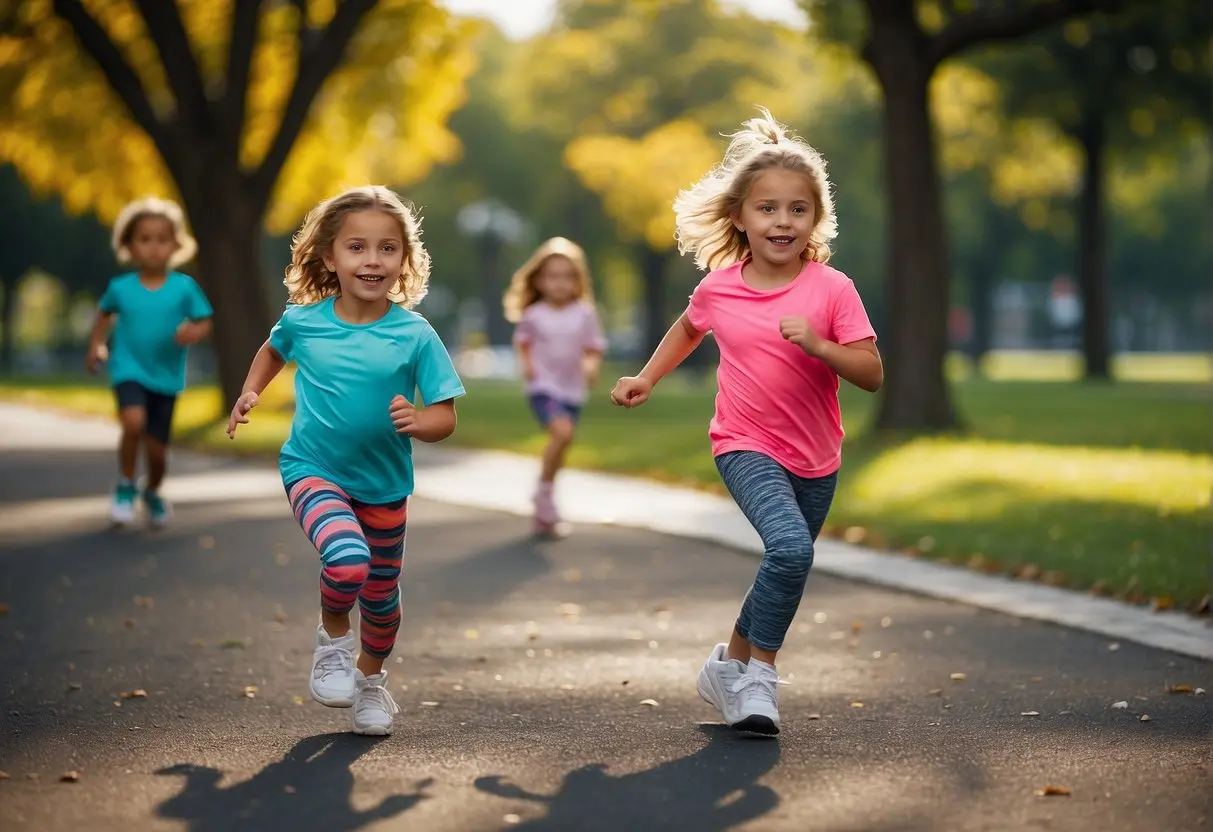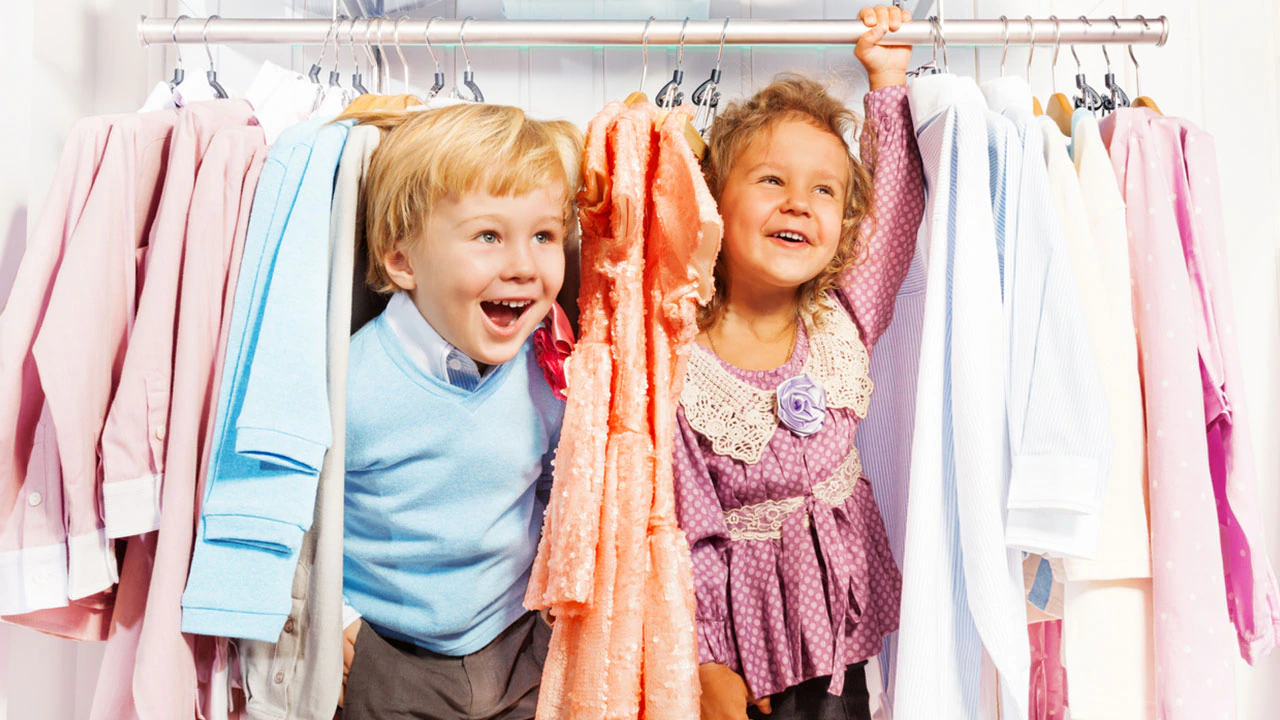Dressing kids for school is an essential part of the daily routine, impacting their comfort, confidence, and readiness to learn. The right clothing can enhance a child’s sense of belonging, boost their self-esteem, and even influence their academic performance. With the evolution of school fashion, from traditional uniforms to contemporary styles, parents often face a multitude of choices, including considerations of practicality, cost, and personal expression. This article explores the historical evolution of children’s school clothing and offers guidance on modern styles and practical considerations. It also delves into the importance of selecting age-appropriate and weather-appropriate outfits, ensuring that children are prepared for various activities and conditions throughout the school day. Whether navigating the nuances of school dress codes or simply looking to keep kids comfortable and stylish, these tips will help parents make informed decisions, balancing aesthetics with functionality.
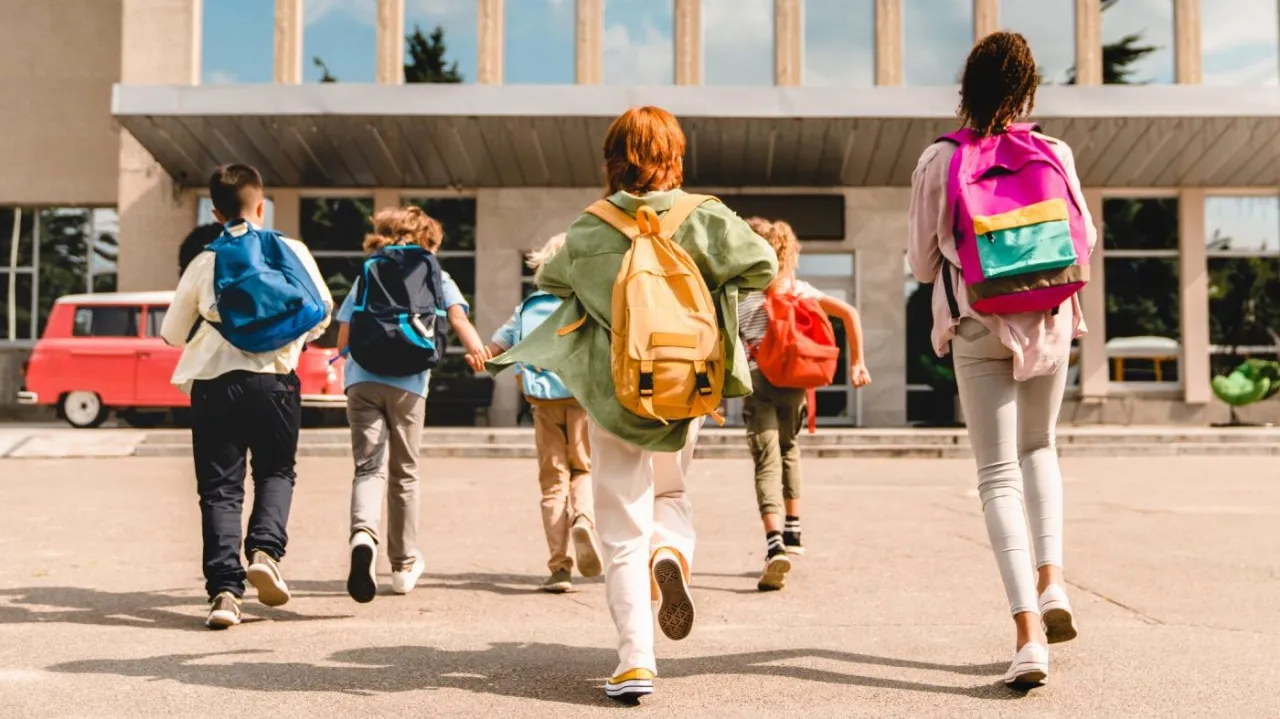
The Evolution of School Clothing: A Historical Perspective
School uniforms have a long and varied history. Originally, uniforms were introduced to create a sense of equality among students, minimizing social disparities. The earliest recorded use of school uniforms dates back to the 16th century in England, with “bluecoat” schools dressing children in a specific style to denote their status and institution. Over time, this concept spread globally, with each region adapting the uniform style to its cultural context. In the 19th and early 20th centuries, school uniforms became more widespread, often reflecting military or formal styles. Boys typically wore jackets, ties, and caps, while girls donned pinafores or dresses. These uniforms were designed not only to create a uniform appearance but also to instill discipline and a sense of duty among students. The latter half of the 20th century saw a shift toward more relaxed and practical clothing, though traditional uniforms remained prominent in private and parochial schools.
The turn of the 21st century brought further diversification, with many schools adopting more flexible dress codes that allow for self-expression while maintaining a respectful and appropriate appearance. This era also saw the rise of casual and business-casual attire in educational settings, reflecting broader societal changes in fashion and attitudes toward dress. Technological advancements in textiles have also influenced school clothing, with modern fabrics offering greater comfort, durability, and ease of care. As educational philosophies evolved, so did the perspectives on student attire, balancing the need for individuality with the desire for cohesion and respect within the school environment. Overall, the history of school clothing reflects broader cultural, social, and economic trends, illustrating how changes in society at large are mirrored in the microcosm of school fashion. Understanding this historical context helps parents appreciate the ongoing evolution of school dress codes and the significance of their children’s daily attire.
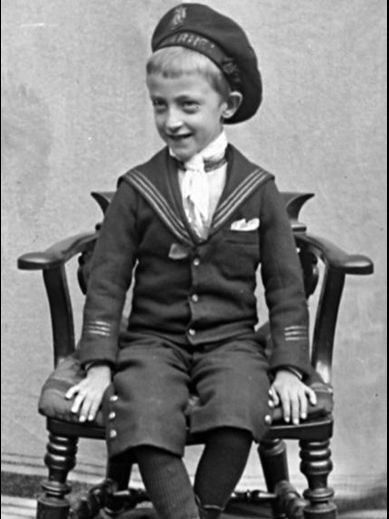
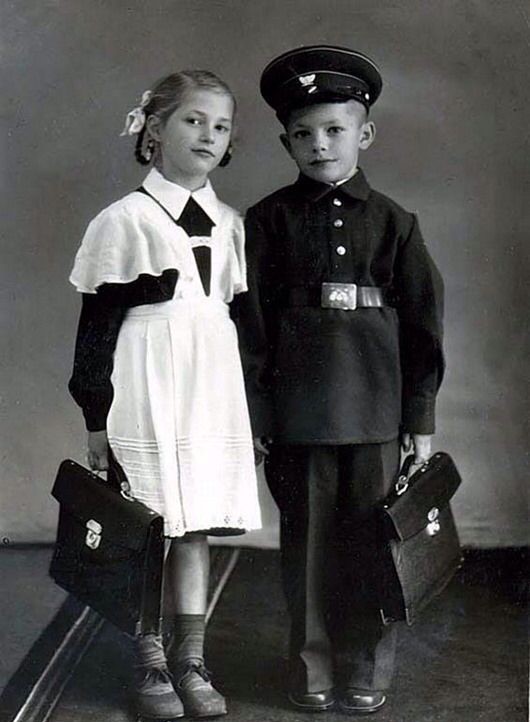
Traditional Uniforms
Traditional school uniforms continue to be a staple in many educational institutions around the world. These ensembles often include a set color palette and specific clothing items, such as blazers, skirts, and trousers, which can vary based on the school’s tradition and regulations. Some schools may also include items like ties, vests, or specific shoes as part of the required attire. The classic school uniform is designed to promote a cohesive image, instill discipline, and reduce peer pressure related to clothing choices. By standardizing attire, uniforms can diminish socio-economic differences, allowing students to be judged more on their personality and abilities than on their fashion sense. Uniforms can create a sense of unity among students, fostering an environment where attention is focused more on academics and character rather than fashion. This sense of belonging can enhance school spirit and pride, while also making it easier to identify students, which is important for security and organizational purposes. Moreover, uniforms simplify the morning routine for families, reducing the daily stress of choosing outfits and ensuring that students are always dressed appropriately for school activities.
When dressing children in traditional uniforms, parents should prioritize quality and durability. Look for sturdy fabrics that can withstand daily wear and frequent washing, as uniforms often need to last through an entire school year or longer. Comfort is also crucial; ensure that items fit well and allow for easy movement, as students will be wearing them for extended periods. To maintain a polished appearance, invest in multiple sets to accommodate the inevitable spills and accidents, ensuring that there is always a clean set available. Additionally, factors such as weather appropriateness and any specific accessories or footwear required by the school should be considered. This attention to detail helps in keeping the uniform neat and comfortable, contributing to a positive school experience. Parents should also be mindful of any seasonal variations in uniform requirements, such as the need for warmer layers during colder months. Furthermore, it’s beneficial to label clothing with the child’s name to prevent mix-ups or loss, especially in schools where uniforms are similar among students.
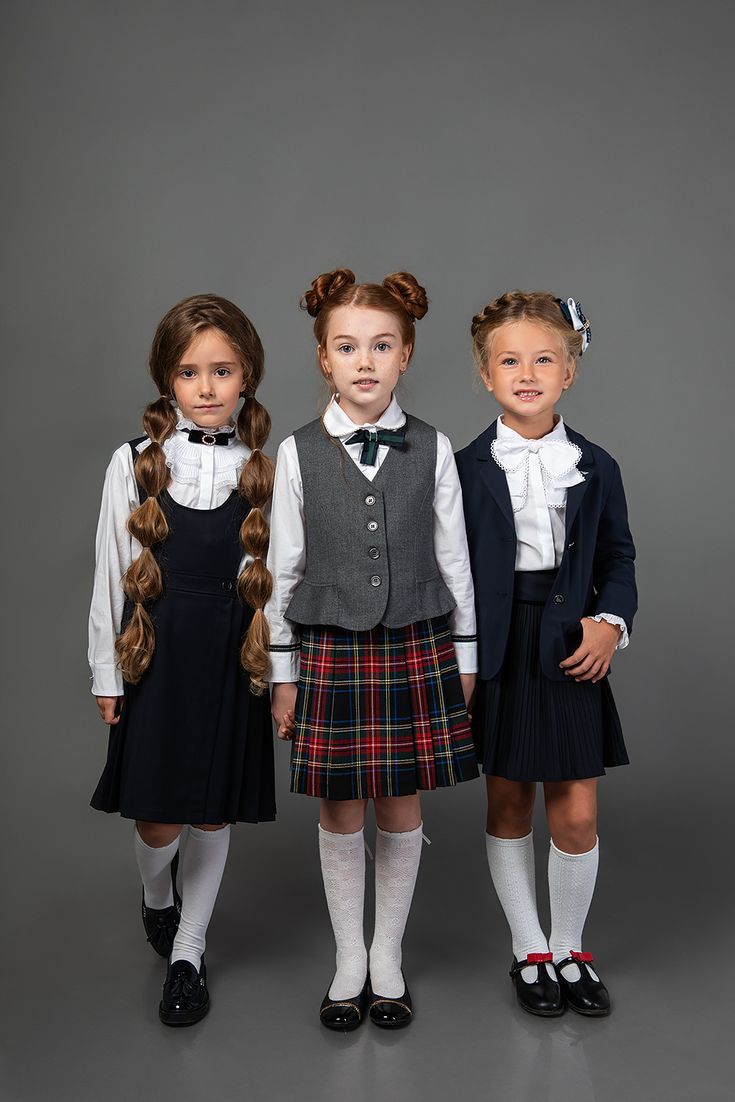
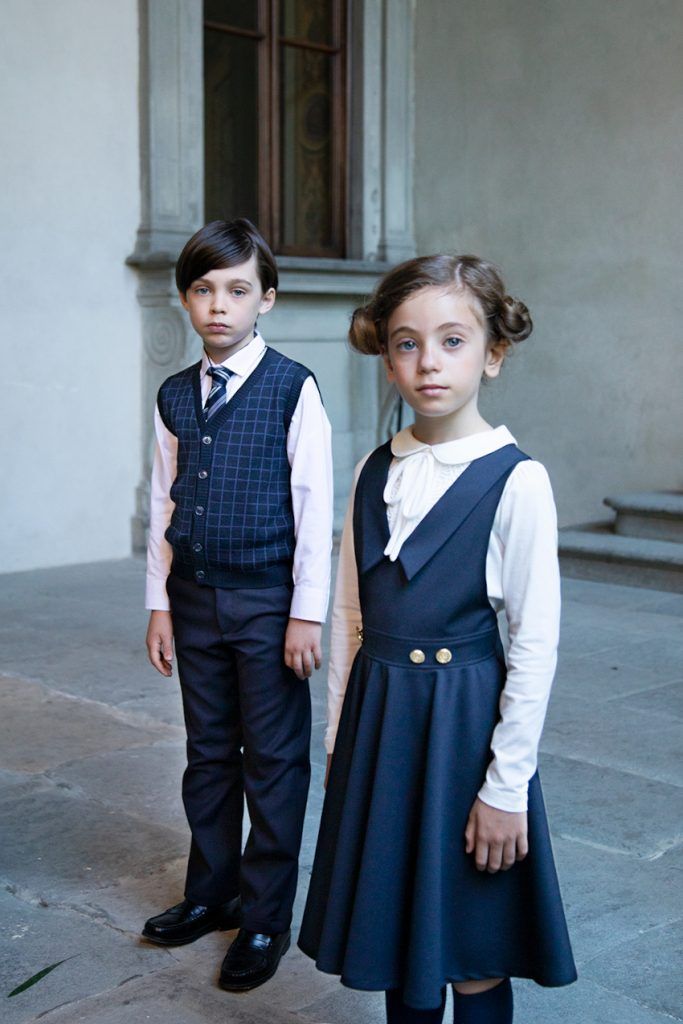
Casual Dress Codes
As schools move away from rigid uniform policies, many have adopted casual dress codes that offer more freedom. This style allows children to wear comfortable everyday clothes, such as jeans, t-shirts, sweaters, and sneakers. These relaxed dress codes often aim to balance individual expression with a standard of decorum appropriate for a learning environment. Casual dress codes can also reflect a school’s focus on creating a more supportive atmosphere where students are encouraged to express their personal style while adhering to certain guidelines. This flexibility in dress allows students to feel more at ease and fosters a positive, engaging school experience.
While more relaxed, casual dress codes often come with guidelines to ensure that students dress appropriately. Parents should familiarize themselves with the school’s specific dress code policy, which may outline restrictions on graphics, slogans, or specific types of clothing, such as shorts or open-toe sandals. Opt for age-appropriate attire that is neither too tight nor too loose, as fit can impact both comfort and functionality. Layering can be a practical strategy for unpredictable weather, allowing children to adjust their clothing throughout the day and stay comfortable. Additionally, incorporating a mix of basics and trendy pieces can help kids feel stylish while adhering to school rules. Parents should also consider the durability and ease of care of clothing items, ensuring they can handle daily wear and tear.
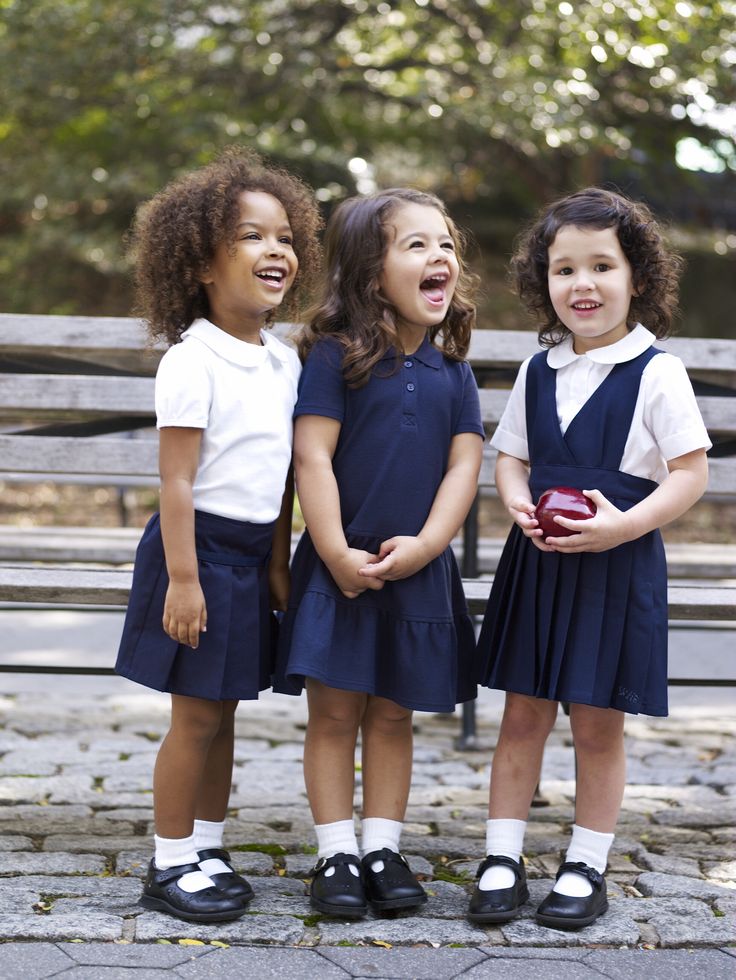
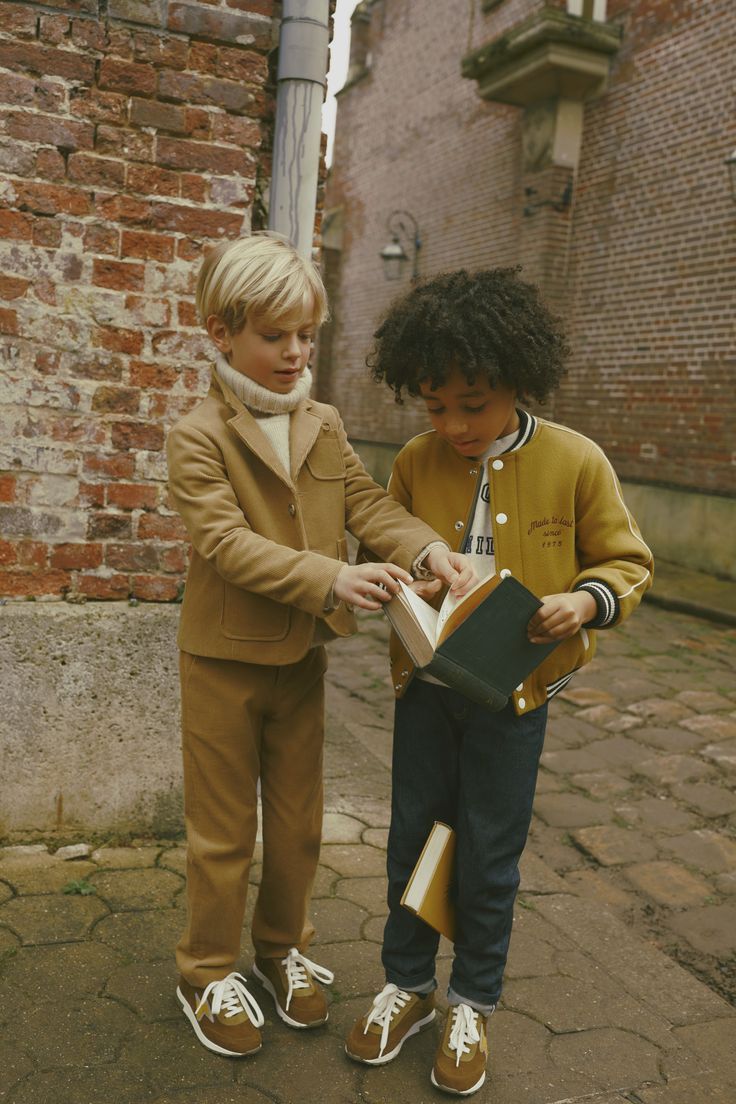
Athleisure and Sporty Styles
The popularity of athleisure—a blend of athletic and leisurewear—has made it a popular choice for school attire. This trend offers practical and comfortable options, such as leggings, joggers, hoodies, and athletic shoes, which are designed to provide ease and flexibility throughout the day. Athleisure is especially suitable for children involved in physical activities or sports, as it allows for easy transitions between classroom learning and extracurricular activities like gym class or after-school sports. The rise of athleisure reflects a broader shift towards prioritizing comfort and functionality in everyday clothing, aligning with the active lifestyles of many students.
When selecting athleisure wear, prioritize high-quality, breathable fabrics that wick moisture and provide comfort throughout the day. Look for materials that are durable and can withstand frequent washing, as children engaged in physical activities may put their clothing through more rigorous use. Many brands offer versatile pieces that can be mixed and matched, making it easier to create multiple outfits from a few key items. For example, a pair of well-fitting joggers can be paired with different tops to provide various looks while maintaining comfort. While athleisure is generally well-accepted, parents should still ensure that the clothing adheres to the school’s dress code and is suitable for a school setting. Some schools may have specific guidelines regarding the appropriateness of athletic wear, such as avoiding overly flashy designs or ensuring that items are not too casual. By selecting athleisure that meets both comfort and dress code requirements, parents can support their child’s active lifestyle while maintaining a respectful and appropriate appearance at school.
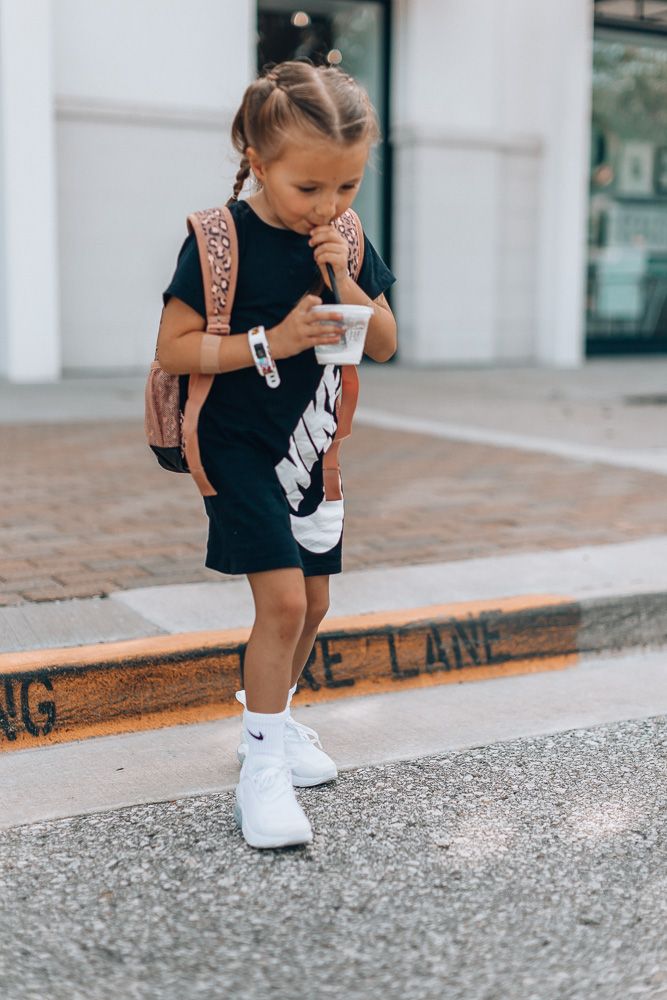
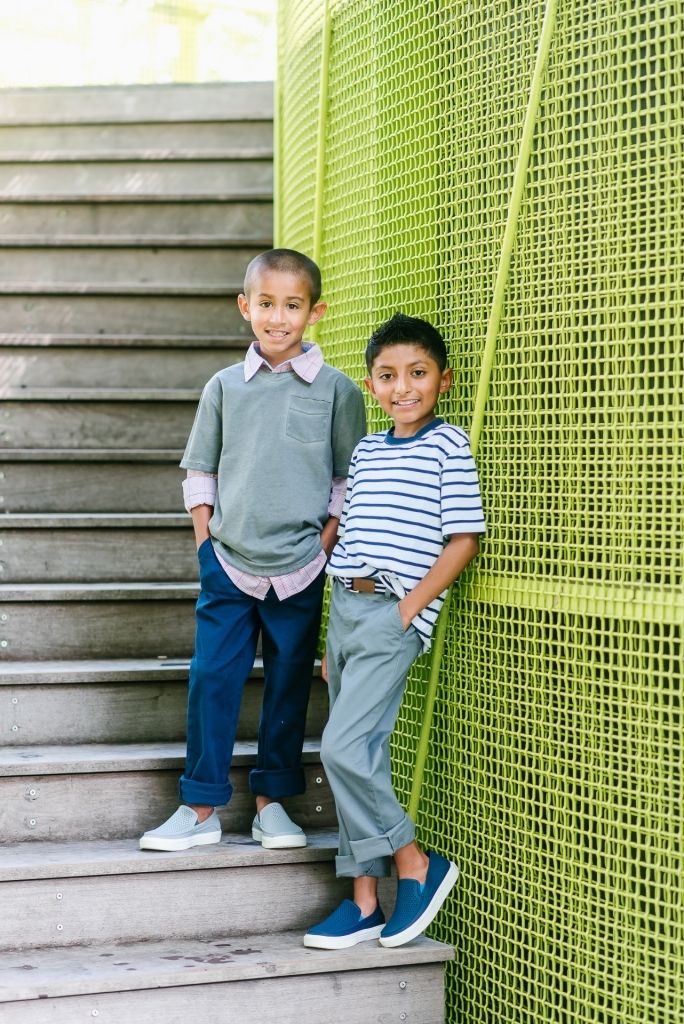
Choosing the Right School Clothes for Your Child
Selecting the right school clothes for your child involves more than just picking out items that look good; it’s about ensuring comfort, practicality, and adherence to school guidelines. When shopping for school attire, parents should consider several factors to ensure that the clothes meet their child’s needs and preferences while aligning with the school’s dress code. The goal is to find a balance between style, comfort, and functionality, helping your child feel confident and ready for their school day.
Here are some key considerations for choosing the right school clothes:
- Fit and Comfort: Ensure that clothing fits well and allows for easy movement. Avoid items that are too tight or too loose, as they can affect your child’s comfort and ability to participate in daily activities.
- Fabric Quality: Choose fabrics that are durable and can withstand frequent wear and washing. Opt for breathable materials that keep your child comfortable throughout the day.
- Weather Appropriateness: Consider the local climate and seasonal changes. Select clothing that is suitable for varying weather conditions, such as layering options for fluctuating temperatures.
- School Dress Code: Familiarize yourself with the school’s dress code policy to ensure that the clothing complies with any specific requirements or restrictions, such as color, style, or types of clothing.
- Ease of Maintenance: Look for clothing that is easy to care for, with minimal ironing or special cleaning requirements. This helps reduce the time and effort spent on laundry.
- Personal Style: Allow your child to express their personal style within the bounds of the dress code. Involving them in the shopping process can help them feel more enthusiastic about their school clothes.
- Versatility: Opt for versatile pieces that can be mixed and matched to create multiple outfits. This not only extends the usability of each item but also simplifies the daily outfit selection process.
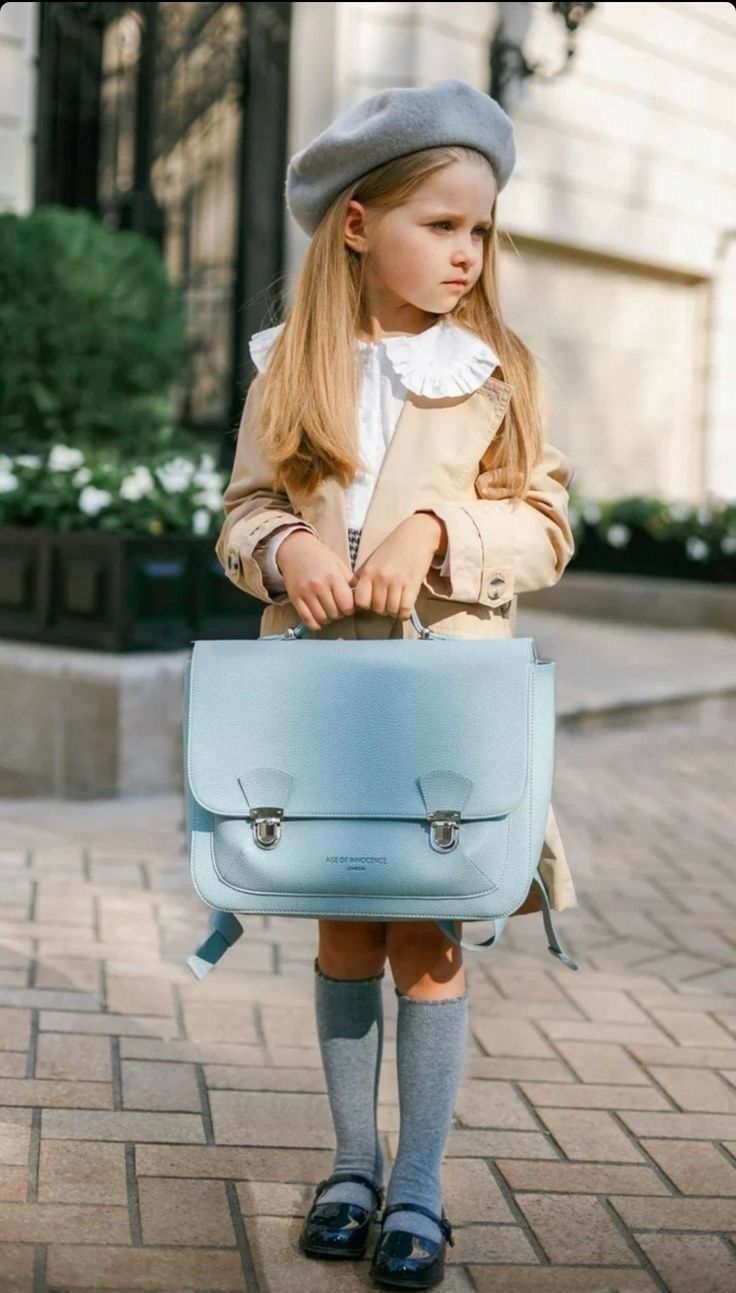
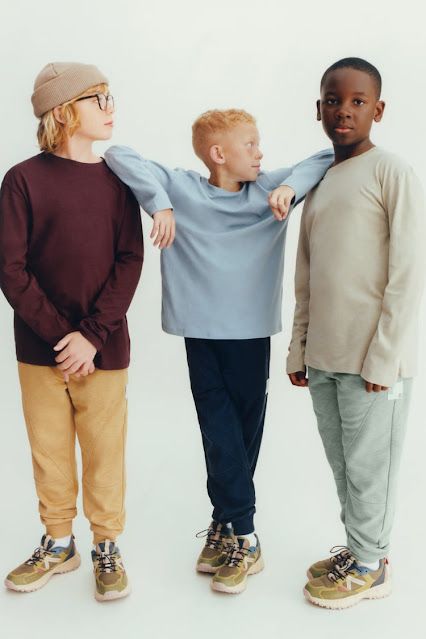
By considering these factors, you can make informed decisions that cater to your child’s needs and preferences while ensuring they are well-prepared for their school activities. Choosing the right school clothes for your child is about more than just finding items that look good. It’s important to prioritize comfort, practicality, and adherence to the school’s dress code. The key is to find a balance that suits your child’s needs while ensuring they feel comfortable and confident. By focusing on factors like fit, fabric, and ease of maintenance, you can make decisions that support both your child’s daily activities and their personal style. Ultimately, thoughtful choices in school attire contribute to a positive school experience and help your child thrive both in and out of the classroom.


